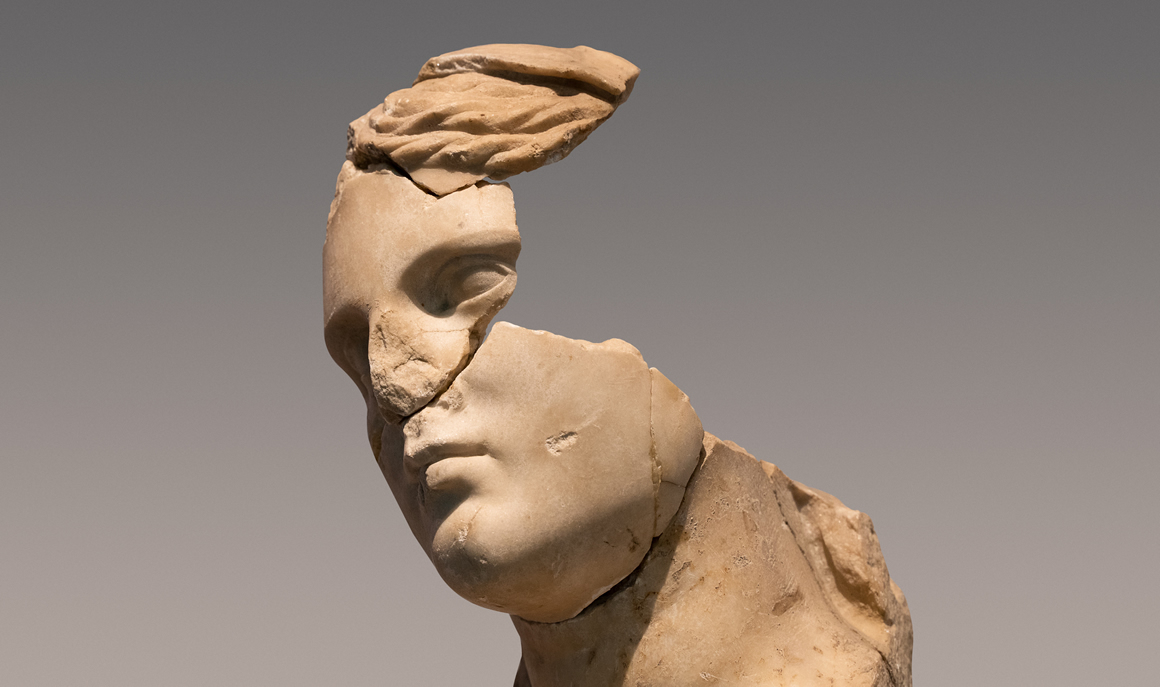
The craniofacial area can be affected by numerous diseases including trauma to the cranio-maxillofacial skeleton, tumors of the head and neck, malformations (congenital and acquired), temporomandibular joint disorders, and aesthetical defects. These conditions have a very negative effect on patient health, sometimes leading even to death, and can have also a significant social impact. For many of these conditions, the implantation of a craniofacial prosthesis is the only reliable and effective option to reconstruct the affected part.
The term “craniofacial prosthesis” refers to a device made of an implantable material and able to replace, reconstruct, or augment parts of skeleton or tissue in the craniofacial district. The modern craniofacial surgery largely uses implantable devices that can be mass-produced (stock), produced and adapted to the patient anatomy (patient-adapted) or manufactured already customized to the patient (custom-made).
In Italy, more than 26,000 procedures using craniofacial devices have been performed in the past 20 years (Source: SDO Database, Ministry of Health. Data processing by ISS). However, the lack of a dedicated registry has not permitted to track implanted devices and assess implant performance at the national level.
Considering the above issues and the need to meet the requirements of the European Regulation 2017/745 on medical devices, finally entered into force on May 26, 2021, experts in the field of craniofacial implants asked the Italian National Insitute of Health to explore the possibility to design and establish an Italian craniofacial implant registry (RICraF) within the broader framework of RIPI. This registry would enable collection of all interventions at the national level, independent assessment of safety and long-term performance of implantable devices, their traceability over time, and the possibility to participate in the exchange of social and health data at the European level.
The first step towards the implementation of the Registry was the establishment of the Technical Committee of sector experts, aiming to achieve the following objectives over the course of its activity:
- to map craniofacial implants
- to define the outcomes of the registry
- to select clinical variables useful for describing interventions and thus for collecting registry data
- to evaluate the registry information flow to be implemented on a national scale.
